
Isn’t a festive wreath on your front door the best “Welcome home”? Not that we leave the house that often these days, but it always makes me happy to come home and be greeted by this sight. I wanted to create a really classic look for my wreath this year, and this is what I came up with…. fresh greenery, pine cones, dried orange slices and thin, copper colored velvet ribbon. Scroll down to see how to make one!

HOW TO MAKE A CHRISTMAS WREATH WITH DRIED ORANGES
- To make the dried oranges, thinly slice a couple of oranges and place the slices on parchment paper lined baking sheets. Bake at 200 deg F for anywhere from 2 to 5 hours (mine took closer to 5 hours), flipping them every hour. Let cool completely.
- Make small bunches of two or three orange slices, and join them together at the top with some floral wire, then attach the floral wire onto the wreath, hiding it behind some of the greenery. Continue doing this until you’re happy with the look. (My wreath already had pine cones on it, but if yours doesn’t and you want to use some, use floral wire to attach those too.)
- Pick out your ribbon – I used this beautiful copper, rusty colored thin velvet ribbon from this amazing Etsy shop. Make your bow, then loop some floral wire through the back of it and attach it to the top of your wreath!


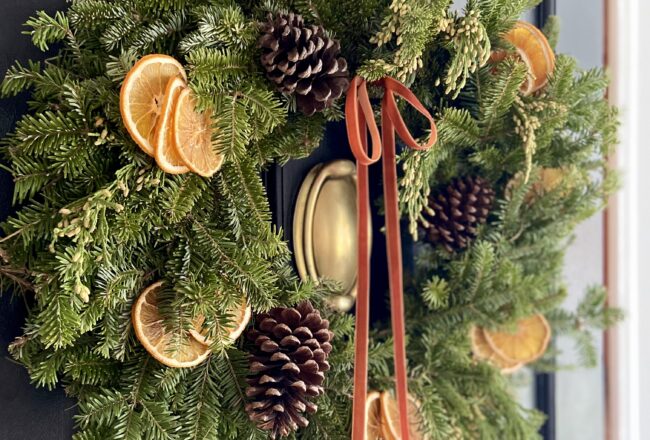

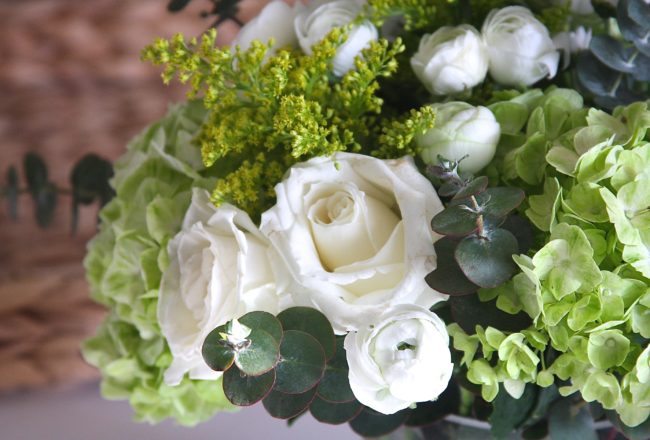


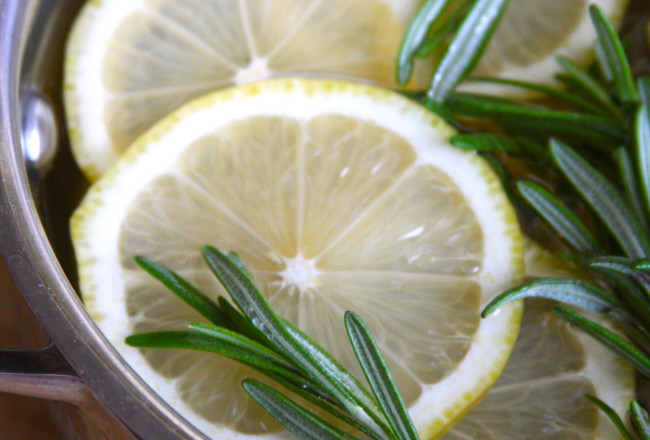


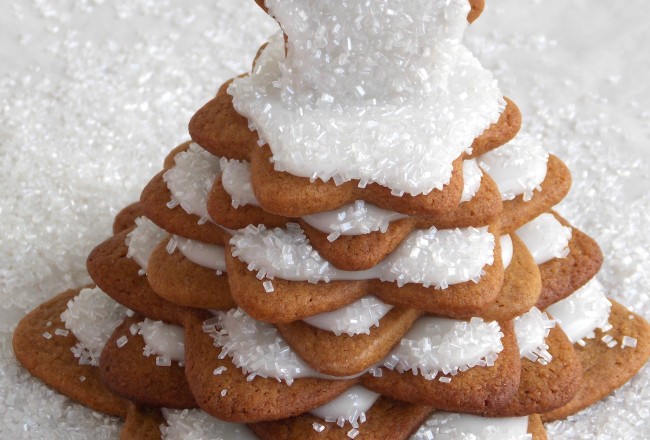
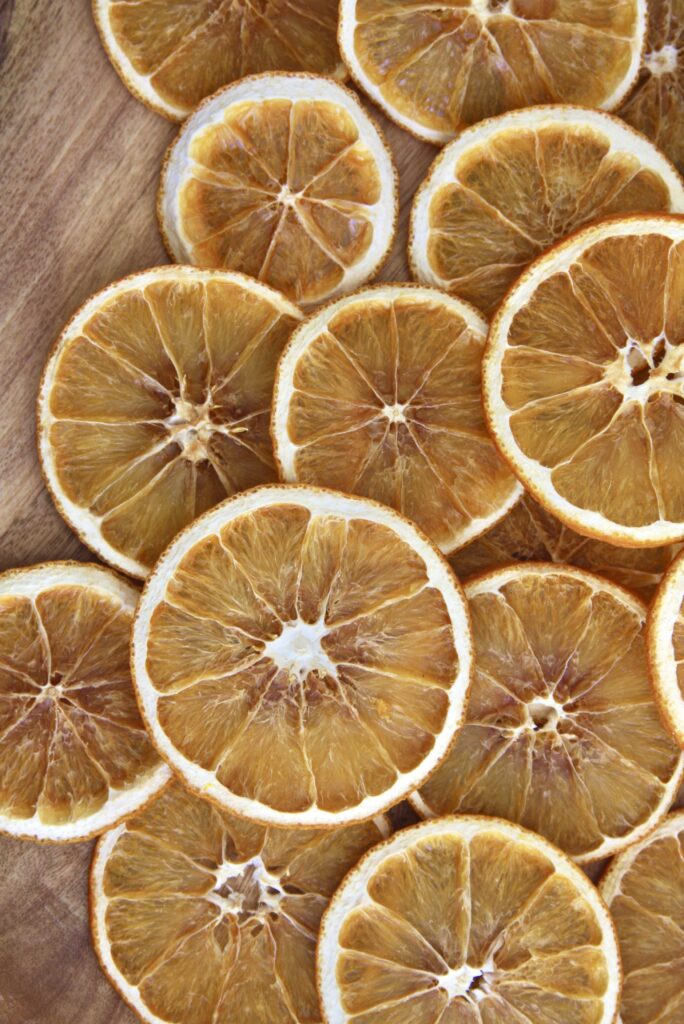
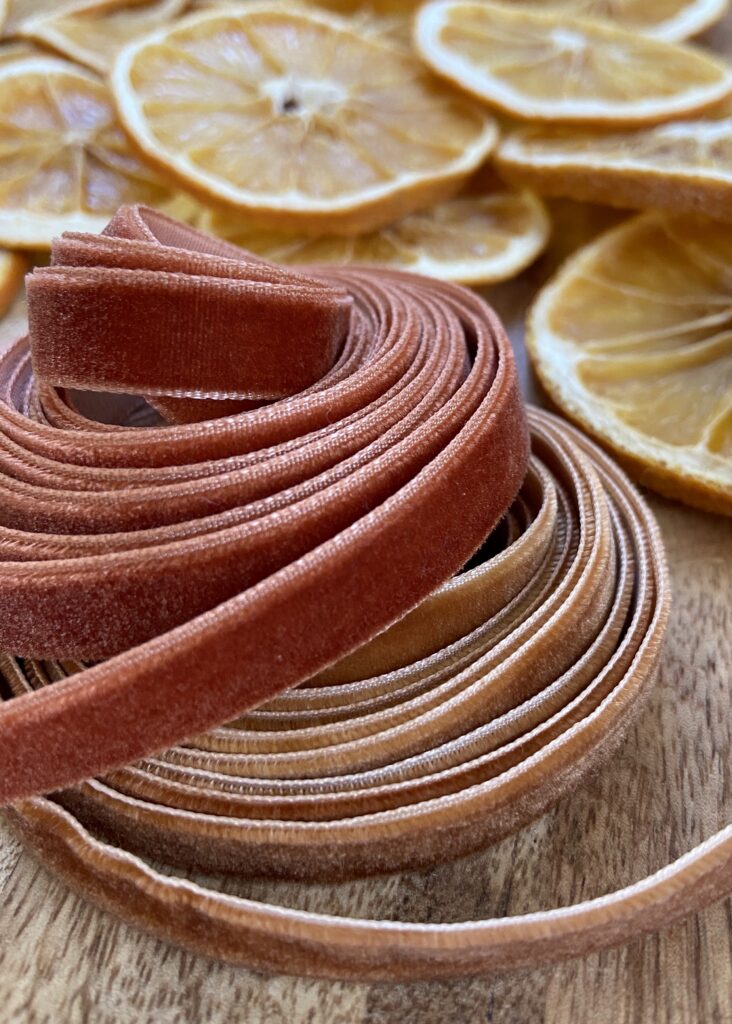
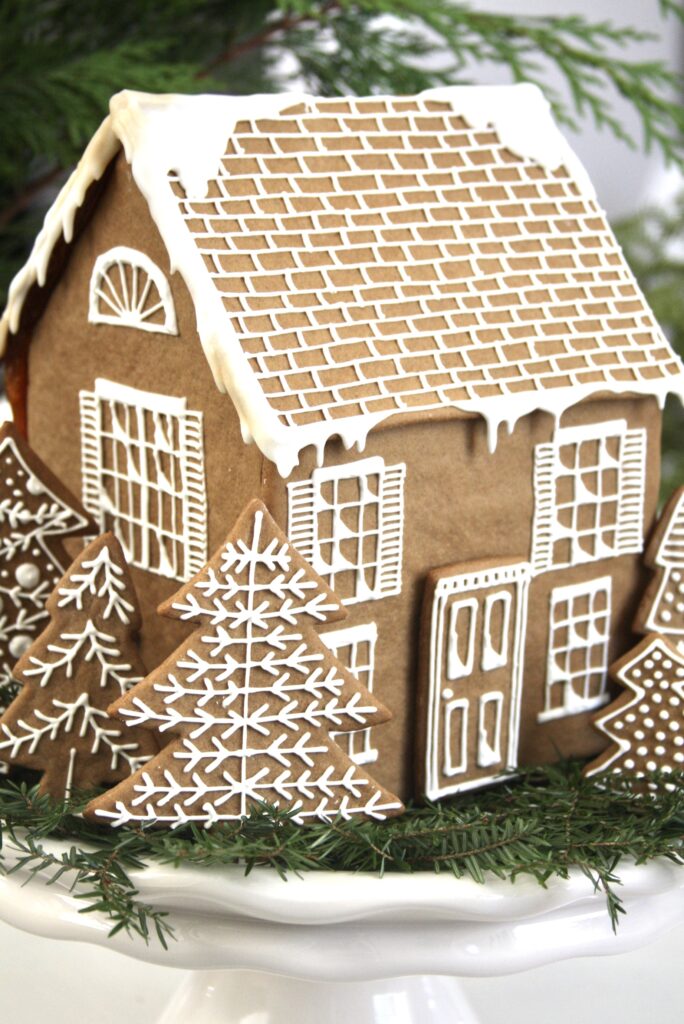

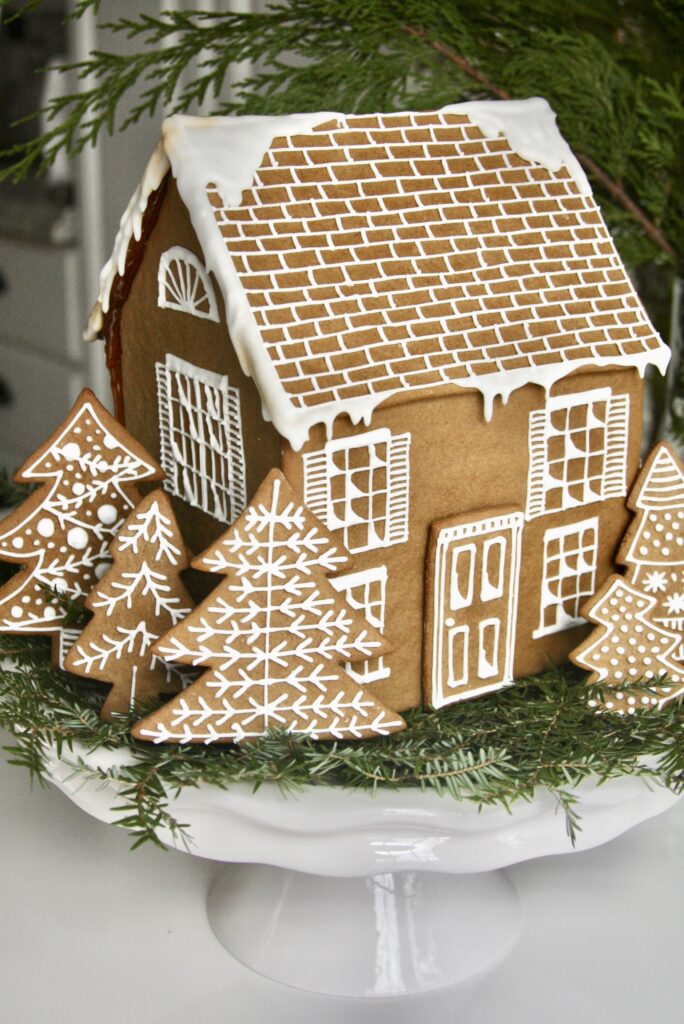

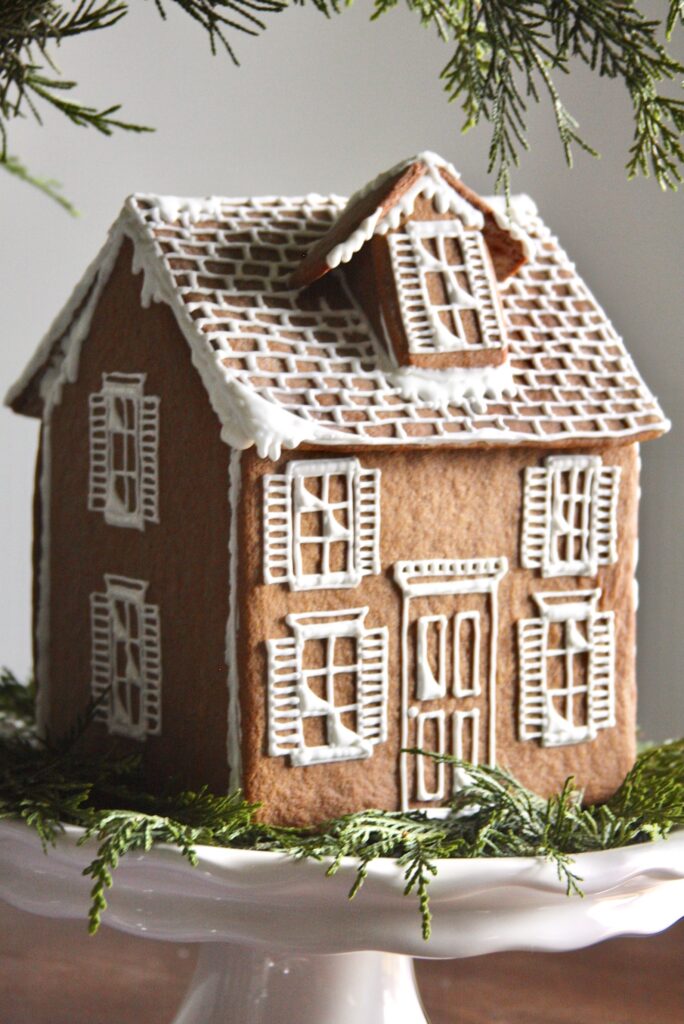

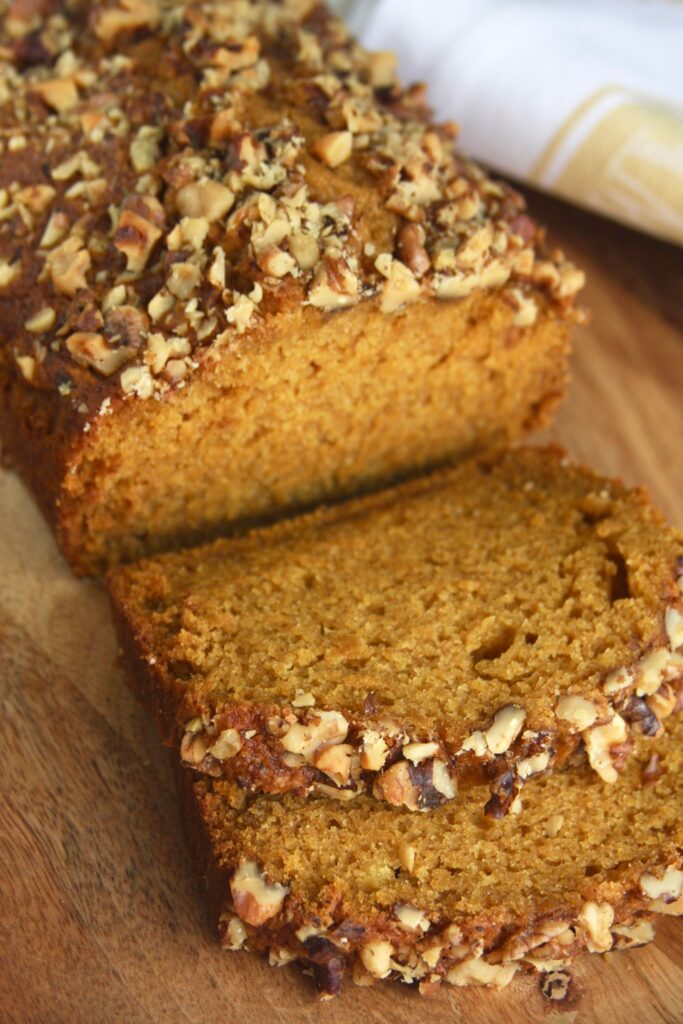


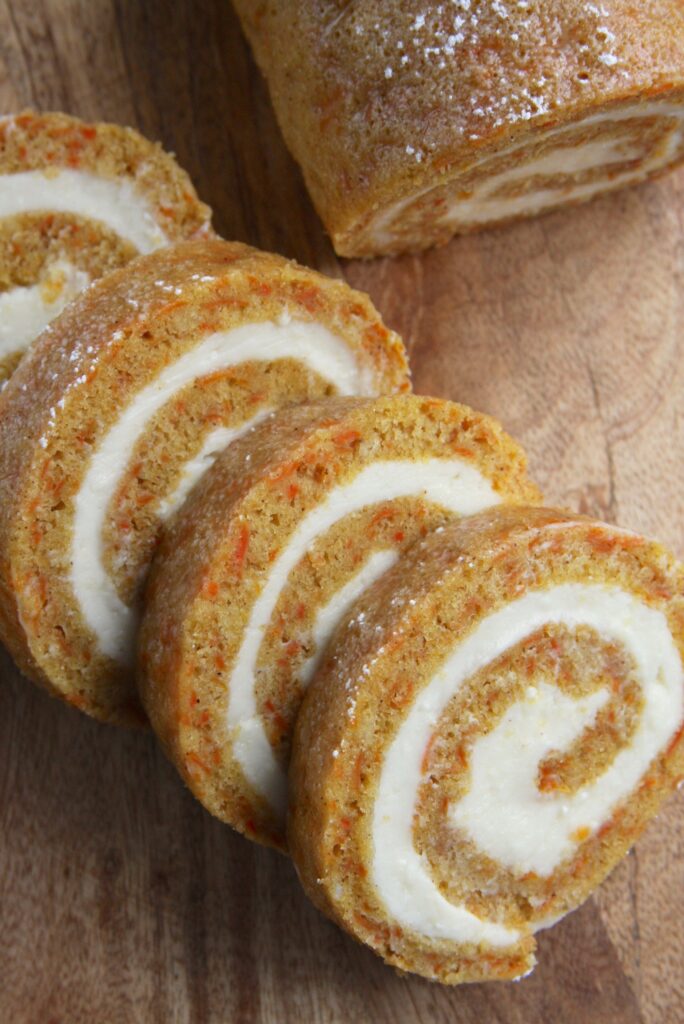






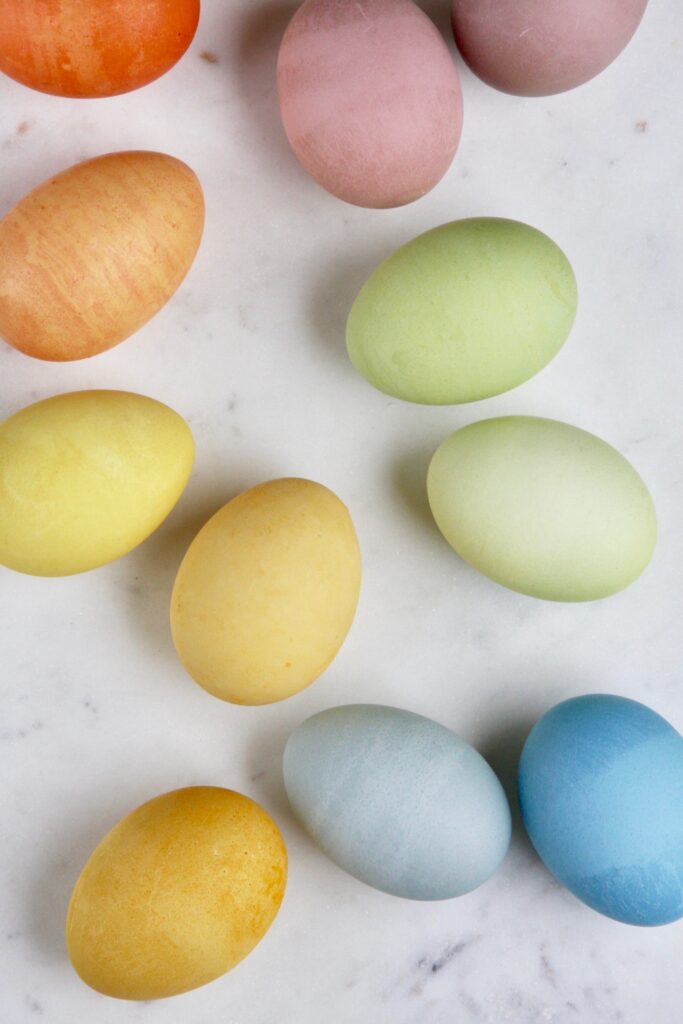


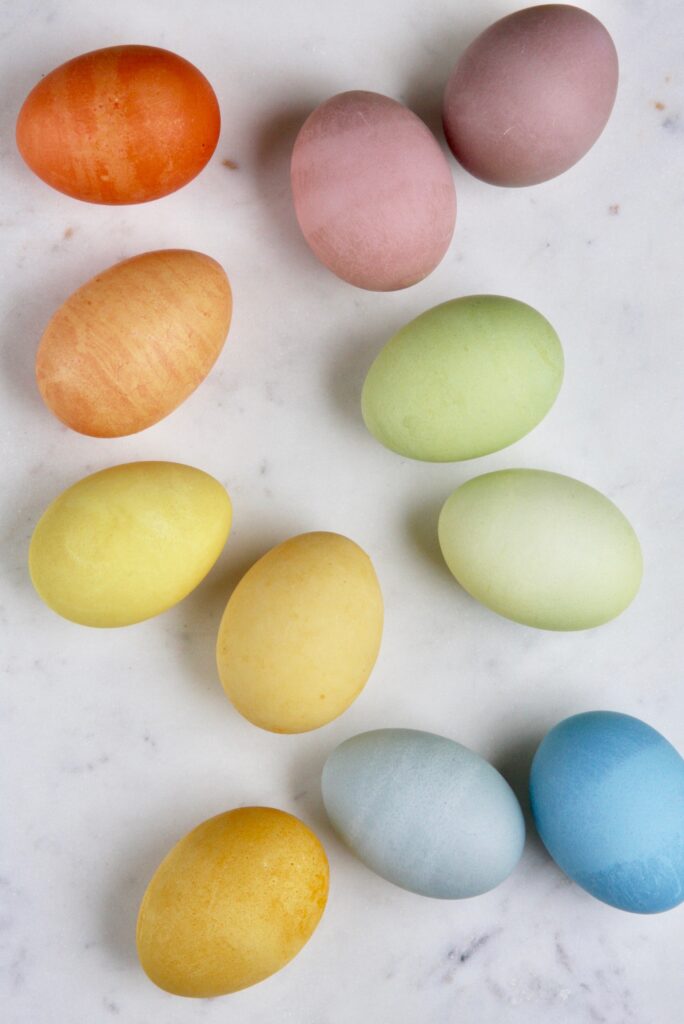

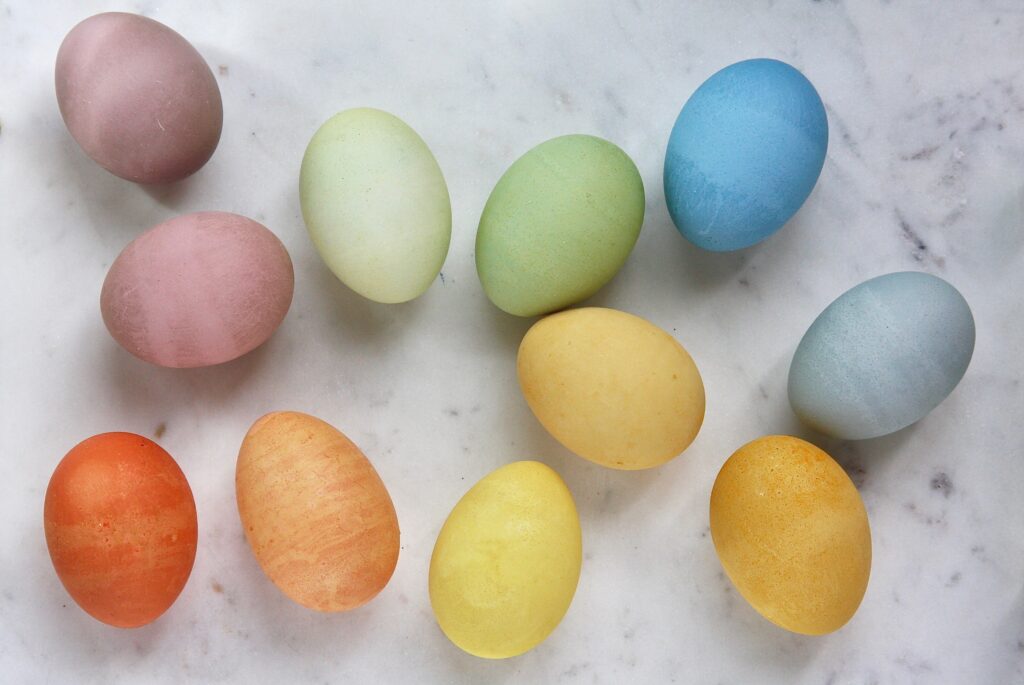

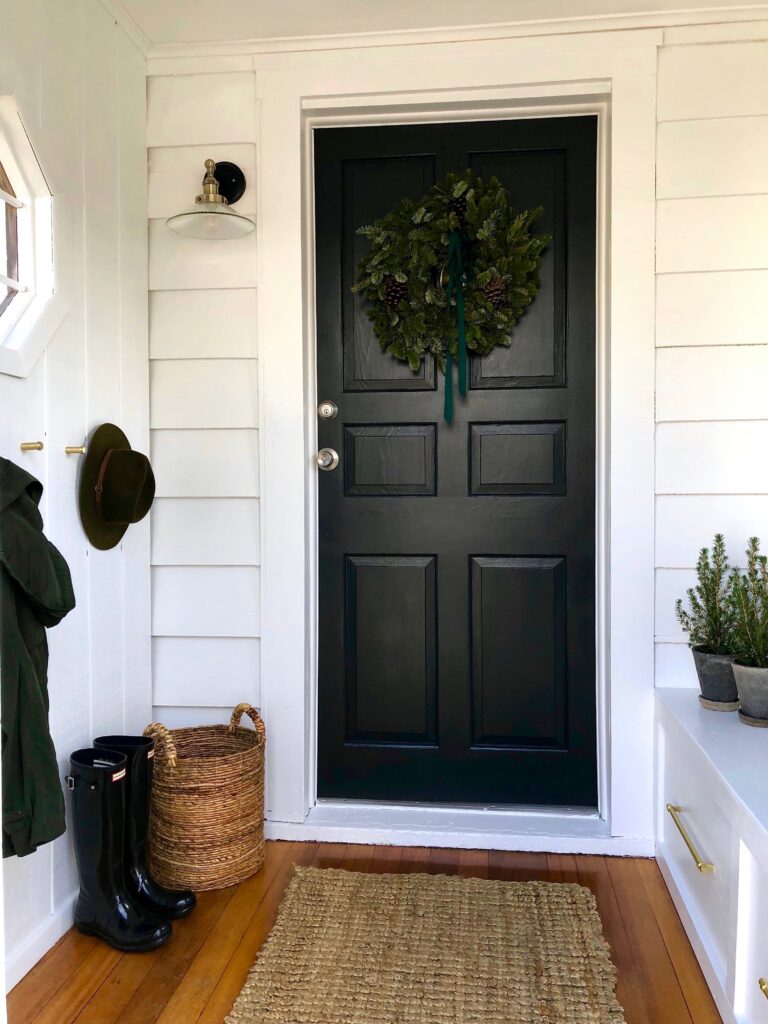


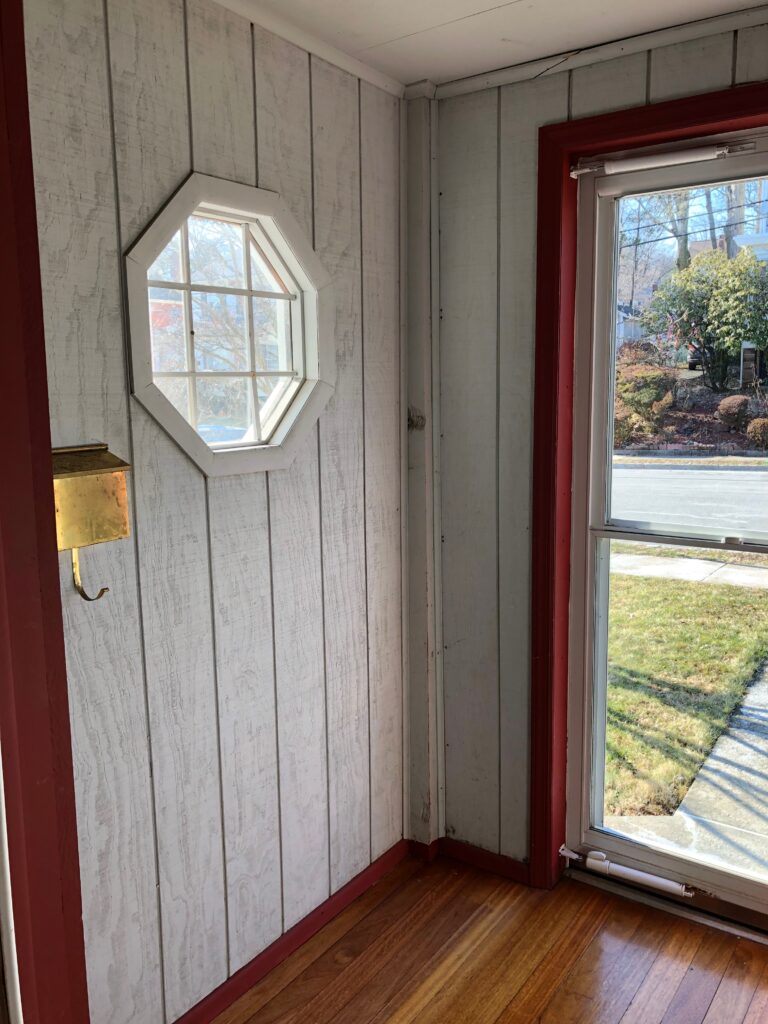


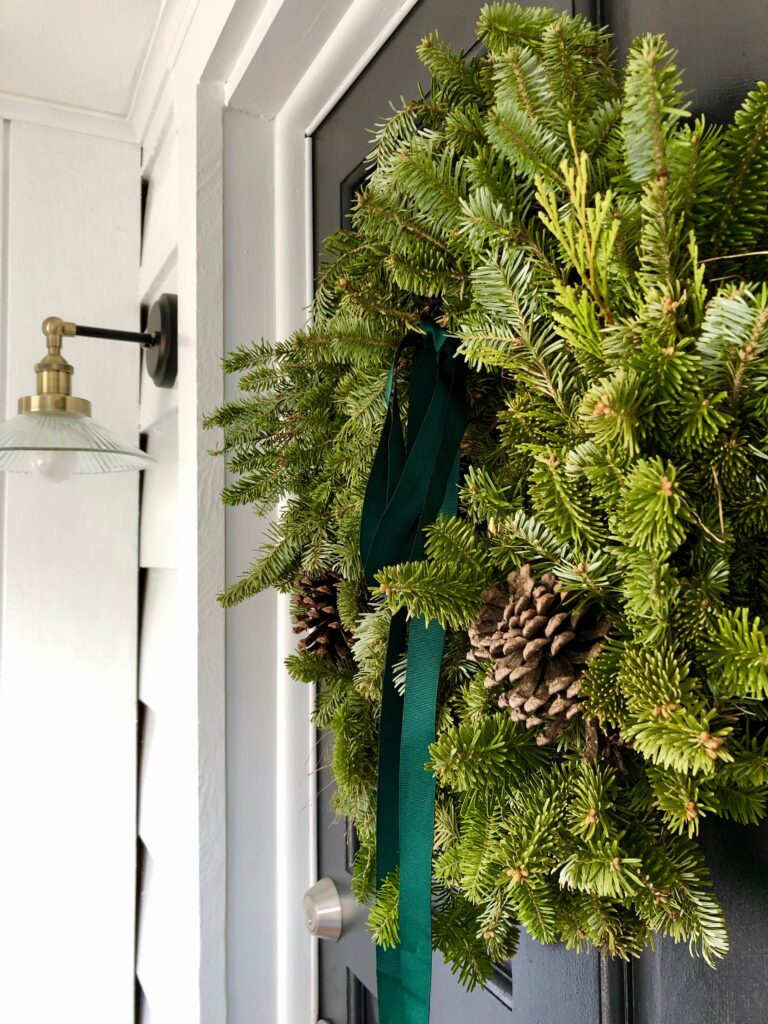

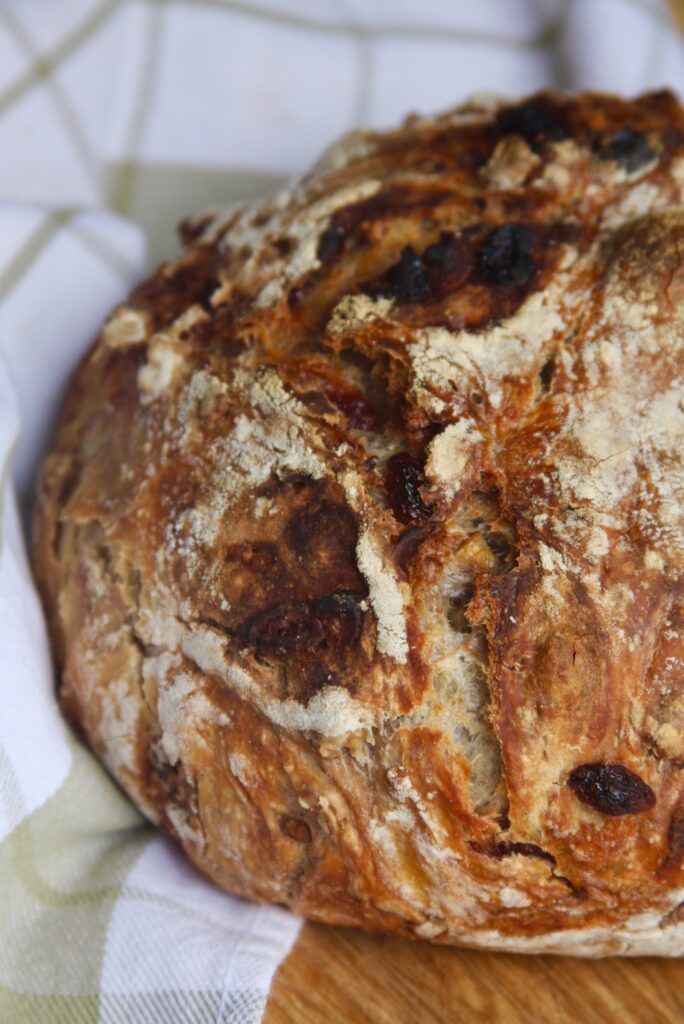


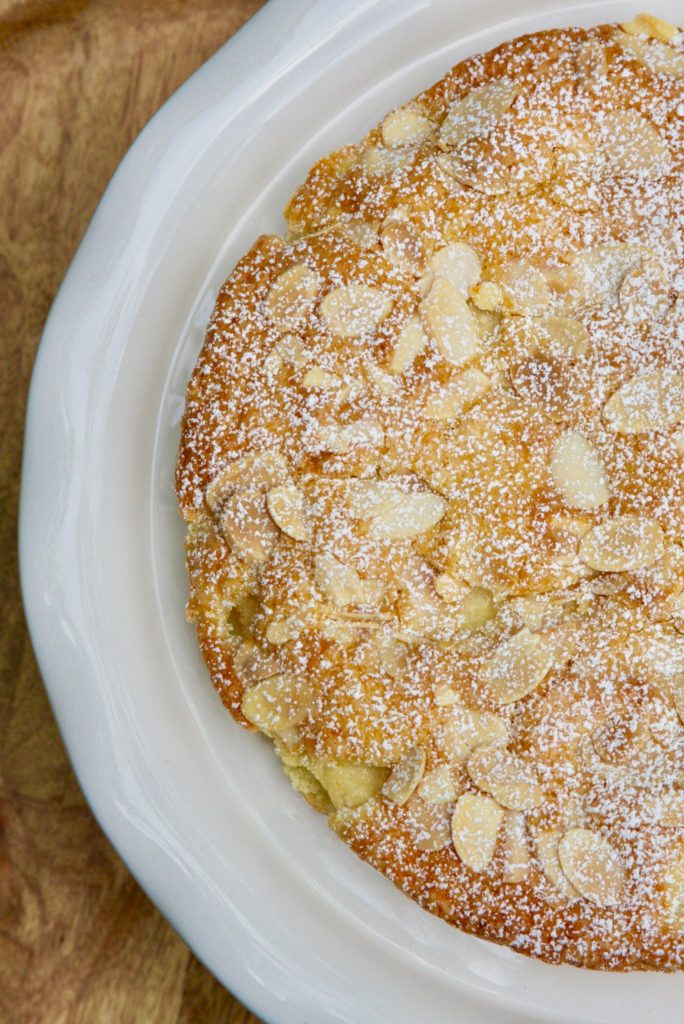
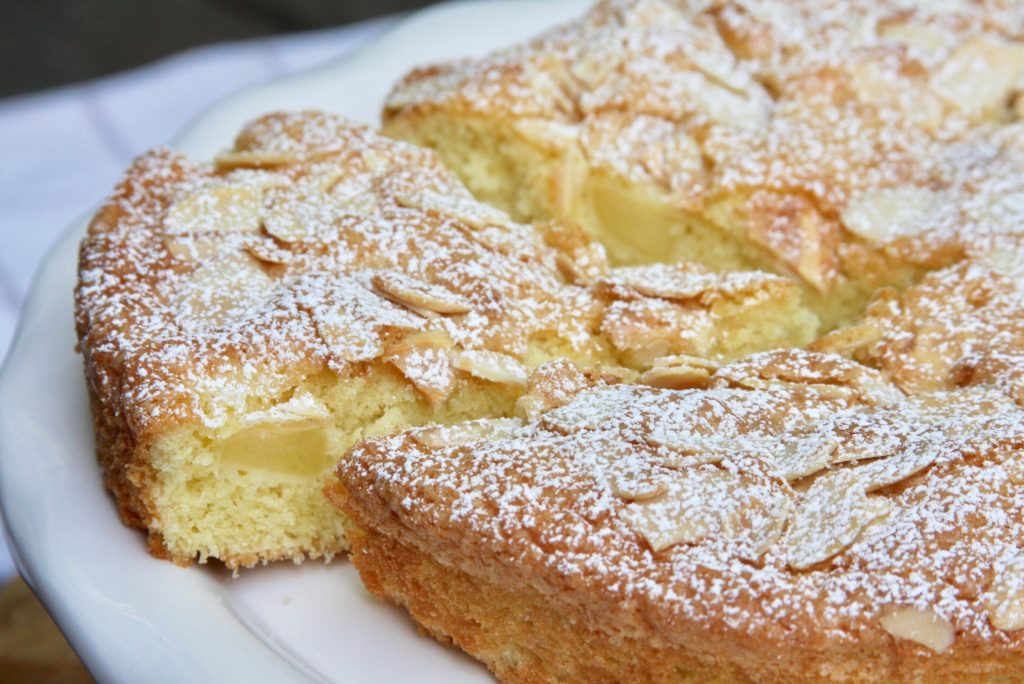
 CUPCAKES WITH FRESH STRAWBERRY CREAM CHEESE FROSTING
CUPCAKES WITH FRESH STRAWBERRY CREAM CHEESE FROSTING


